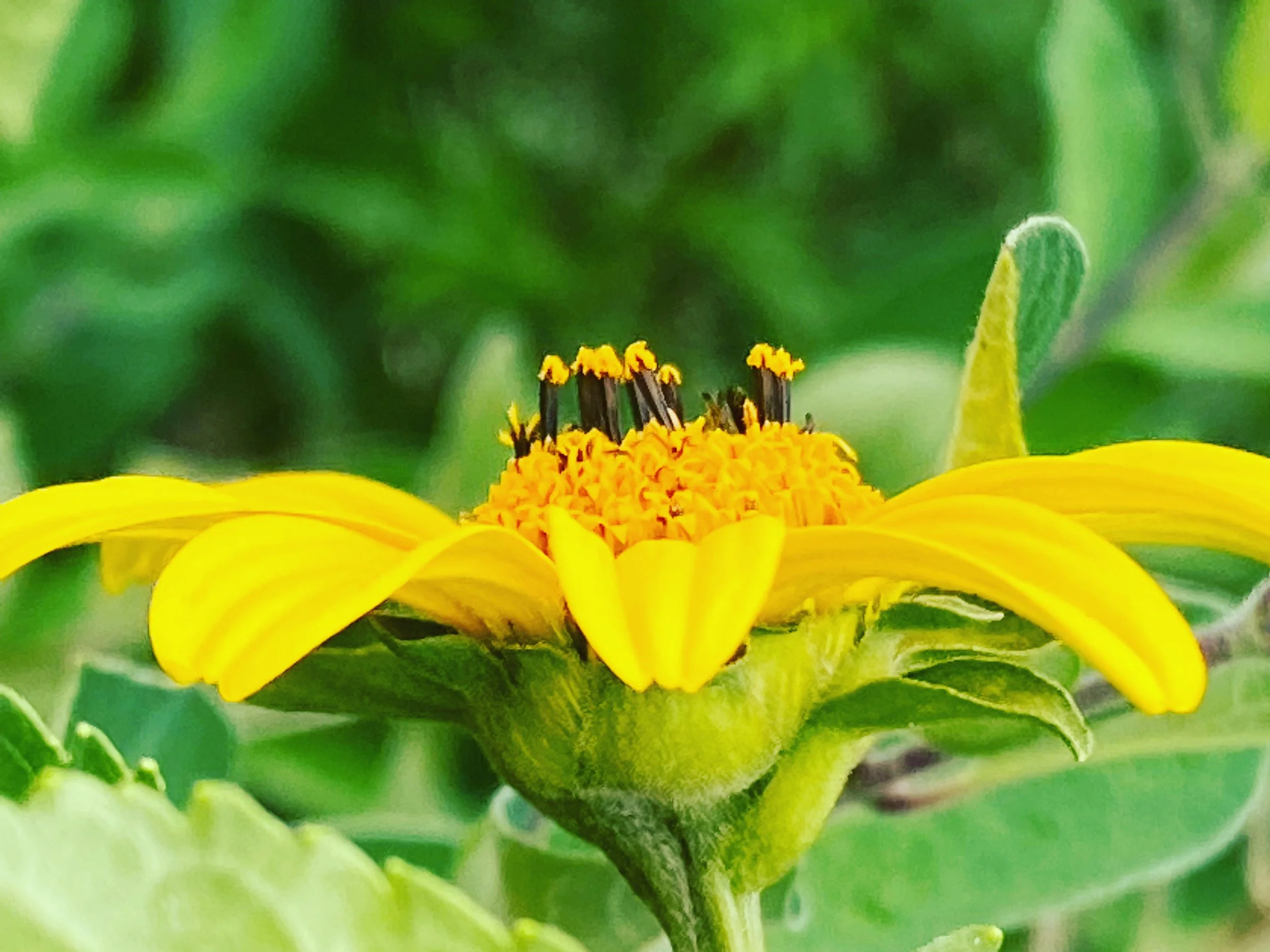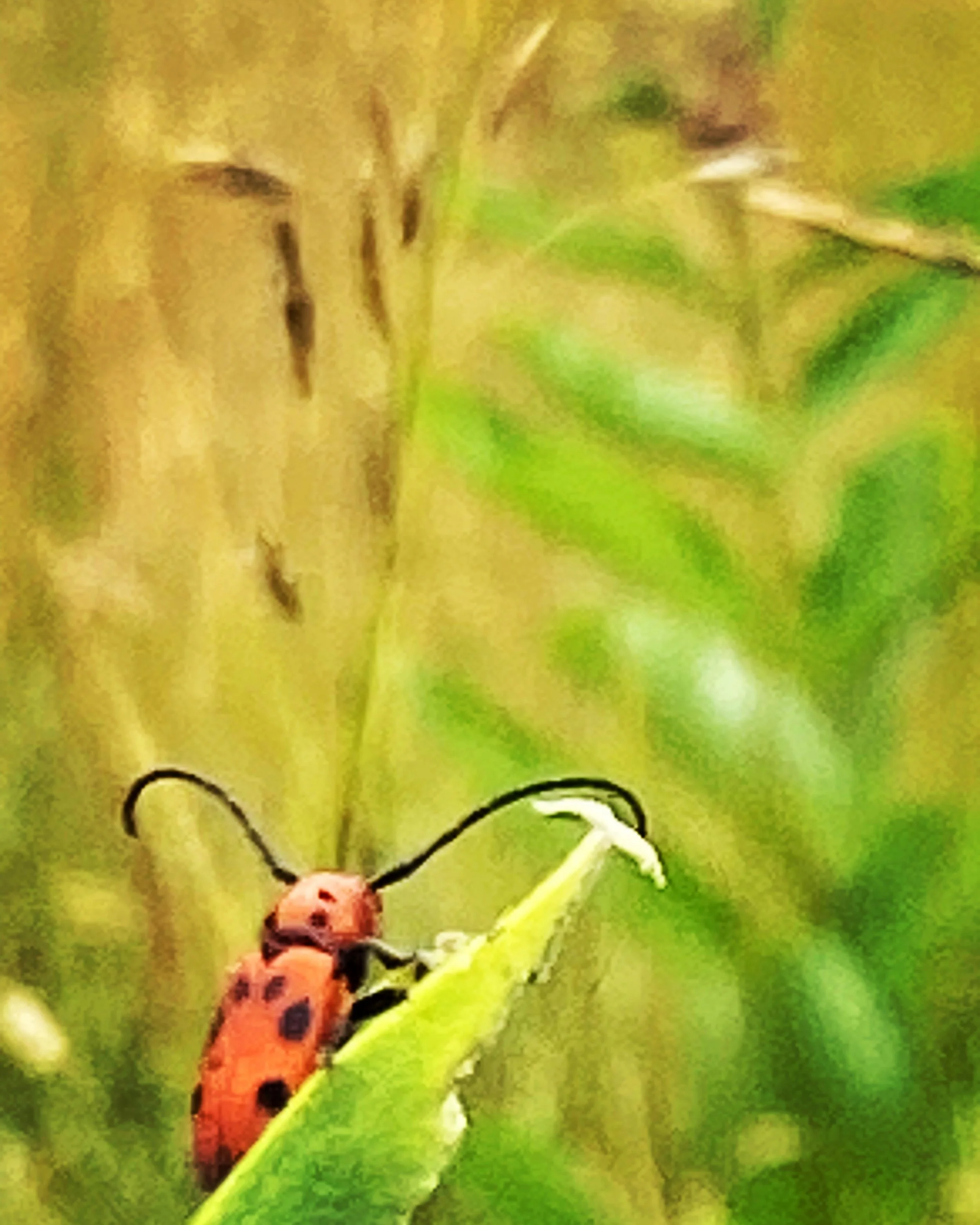#NewThisDay Writing From My Photo Stream
Rain! Rain! Rain! The good news for the land today is rain! First, it was so hot and humid. Charlie and I walked in Medfield State for a change of pace. I kept heading toward the sources of water where he could get a rinse and a drink on these trails, but all the brooks and streams were bone dry. It’s not unusual for these wetlands to shrink in summer. But with a heat wave coming, I knew the rain would be particularly welcome today. In the meadows, I found lots of milkweed, of course, and the milkweed beetle and also saw one monarch that would not stop for a picture. No monarch sightings yet on my milkweed.First, the rain was only a light sprinkling. That’s all? Oh no. And then it ended up raining well all afternoon. I could have taken a swim in the rain, but had already decided to take today off from the pond. And I had a good amount of work at my desk that I wanted to get done. I leave at the end of this week for a week at the International Women’s Writing Guild annual conference to run the play lab. My friend Laura, who has taken the Play Lab with me, shared this short video of a previous Play Lab with me this morning. I’m warming up for this amazing experience. Back for the first time since the summer of 2019.
The red milkweed beetle (Tetraopes tetrophthalmus)
Host Plant
The milkweed beetle, a herbivore, is given this name because they are generally host specific to milkweed and dogbane plants (family Apocynaceae).
Toxicity
It is thought the beetle, which as an adult feeds on the foliage of the plant, and its early instars, which eat the roots,[1] derive a measure of protection from predators by incorporating toxins from the plant into their bodies, thereby becoming distasteful, much as the monarch butterfly and its larvae do.
Behavior
These beetles feed by opening veins in the milkweed plant, decreasing the beetles' exposure to latex-like sap.[2] When startled, the beetles make a shrill noise. When interacting with another beetle, they make a 'purring' noise.[3] The red and black coloring are aposematic, advertising the beetles' inedibility.
~ Wikipedia


